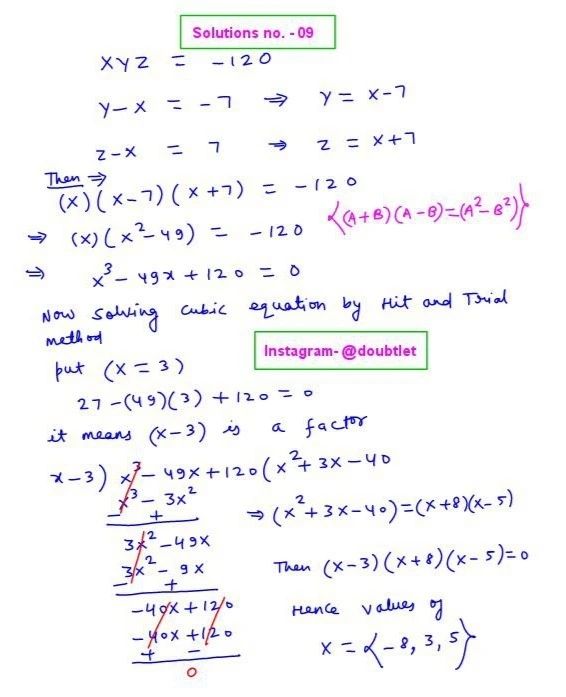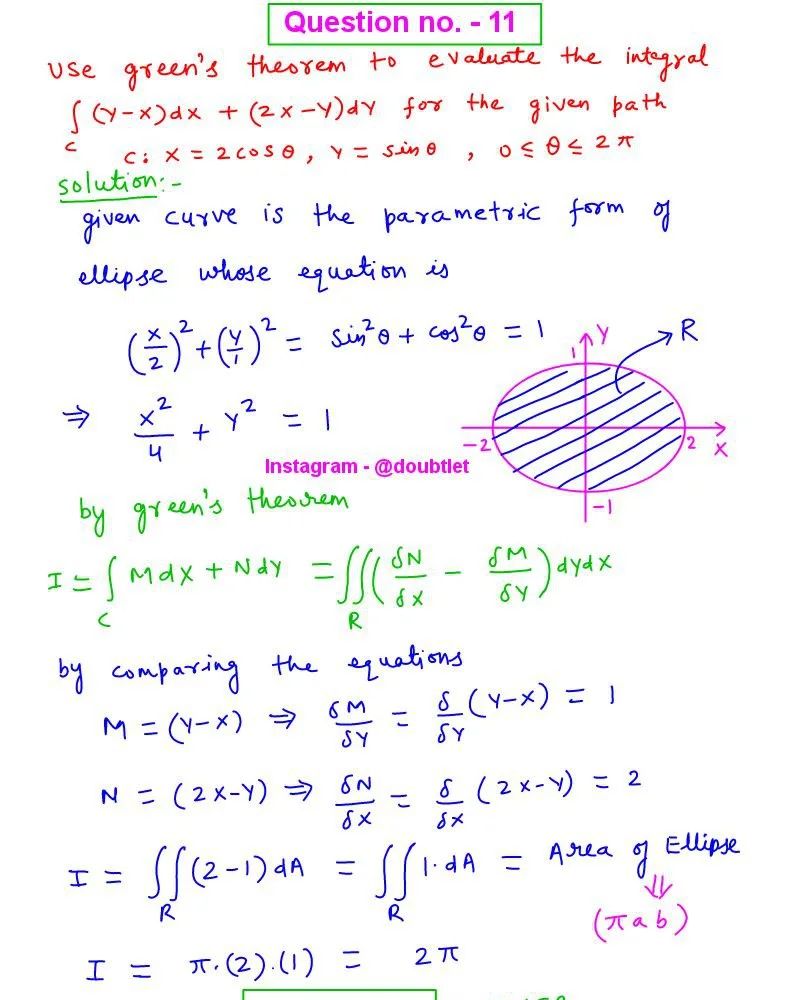









A percent (%) of B Calculator
This calculator will help you to calculate the A percent of B with the steps shown.Related Calculators:A is B percent (%) of what CalculatorA is what percent (%) of B Calculator
Loading...
Loading...
A is what percent of B
A is B percent of what
Percentage Difference
Decimal number to Fraction
Fractional number to decimal
Fraction Multiplication
- 1. Introduction to the A percent of B calculator
- 2. What is the Formulae used & conditions required ?
- 3. How do I find A percent of B ?
- 4. Why choose our A percent of B Calculator?
- 5. A Video for explaining this concept
- 6. How to use this calculator ?
- 7. Solved Examples
- 8. Frequently Asked Questions (FAQs)
- 9. What are the real-life applications?
- 10. Conclusion
1. Introduction to A percent of B calculator
Welcome to our comprehensive guide on calculating percentages. Whether you're managing finances, analyzing data, or solving mathematical problems, understanding how to calculate percentages is an essential skill. In this guide, we'll explore the concept of finding a percent of a given quantity, providing you with a step-by-step approach and practical examples to enhance your understanding.
Calculating "A percent of B" involves determining what percentage A represents of the total quantity B. This process is commonly used in various contexts, such as calculating discounts, interest rates, and proportions.
2. What is the Formulae used & conditions required?
To find A percent of B, you can use the following formula:
Percentage=()×B
3. How do I calculate the A percent of B?
Clearly identify the two quantities, A and B, for which you want to find the percentage.
Plug the values of A and B into the above formula
Perform the division by 100 , multiply by B, and calculate the percentage.
4. Why choose our A percent of B calculator?
Our calculator page provides a user-friendly interface that makes it accessible to both students and professionals. You can quickly input your square matrix and obtain the matrix of minors within a fraction of a second.
Our calculator saves you valuable time and effort. You no longer need to manually calculate each cofactor, making complex matrix operations more efficient.
Our calculator ensures accurate results by performing calculations based on established mathematical formulas and algorithms. It eliminates the possibility of human error associated with manual calculations.
Our calculator can handle all input values like integers, fractions, or any real number.
Alongside this calculator, our website offers additional calculators related to Pre-algebra, Algebra, Precalculus, Calculus, Coordinate geometry, Linear algebra, Chemistry, Physics, and various algebraic operations. These calculators can further enhance your understanding and proficiency.
5. A video based on the concept of how to find the A percent of B.
6. How to use this calculator
This calculator will help you to find A percent of B.
In the given input boxes you have to input the value of A and B.
After clicking on the Calculate button, a step-by-step solution will be displayed on the screen.
You can access, download, and share the solution.
7. Solved Example
Calculate 20% of 500.
Identify A = 20 and B = 500
Percentage = x 500 = 100
Calculate 10% of 450.
Identify A = 10 and B = 450
Percentage = x 450 = 45
8. Frequently Asked Questions (FAQs)
What does "A percent of B" mean?
"A percent of B" refers to the portion or fraction of B that corresponds to A percent of the total quantity.
How do you calculate percentages?
To calculate a percentage, divide the percentage value by 100 and multiply it by the total quantity.
What is the difference between percentage and percent?
Percentage is the value expressed as a fraction of 100, while percent is the symbol (%) used to denote percentages.
Can percentages be greater than 100?
Yes, percentages can exceed 100, indicating that the value is greater than the total quantity.
What are some real-life applications of percentage calculations?
Percentage calculations are used in various scenarios, such as determining discounts in retail, calculating interest rates in finance, and analyzing data trends in statistics.
9. What are the real-life applications?
Percentage calculations have widespread applications in everyday life. They are used by businesses to calculate profits and losses, by students to interpret grades and scores, and by individuals to manage budgets and expenses.
10. Conclusion
Mastering the calculation of percentages is a valuable skill that finds applications in numerous fields, from finance and economics to education and data analysis. By understanding the concept and formula for finding a percent of a given quantity, you gain the ability to interpret and manipulate percentages effectively. Armed with the knowledge provided in this guide, you're now equipped to confidently perform percentage calculations and apply this skill in various mathematical and practical contexts.
This blog is written by Neetesh Kumar
If you have any suggestions regarding the improvement of the content of this page, please write to me at My Official Email Address: doubt@doubtlet.com
Are you Stuck on homework, assignments, projects, quizzes, labs, midterms, or exams?
To get connected to our tutors in real time. Sign up and get registered with us.
Comments(0)













Leave a comment